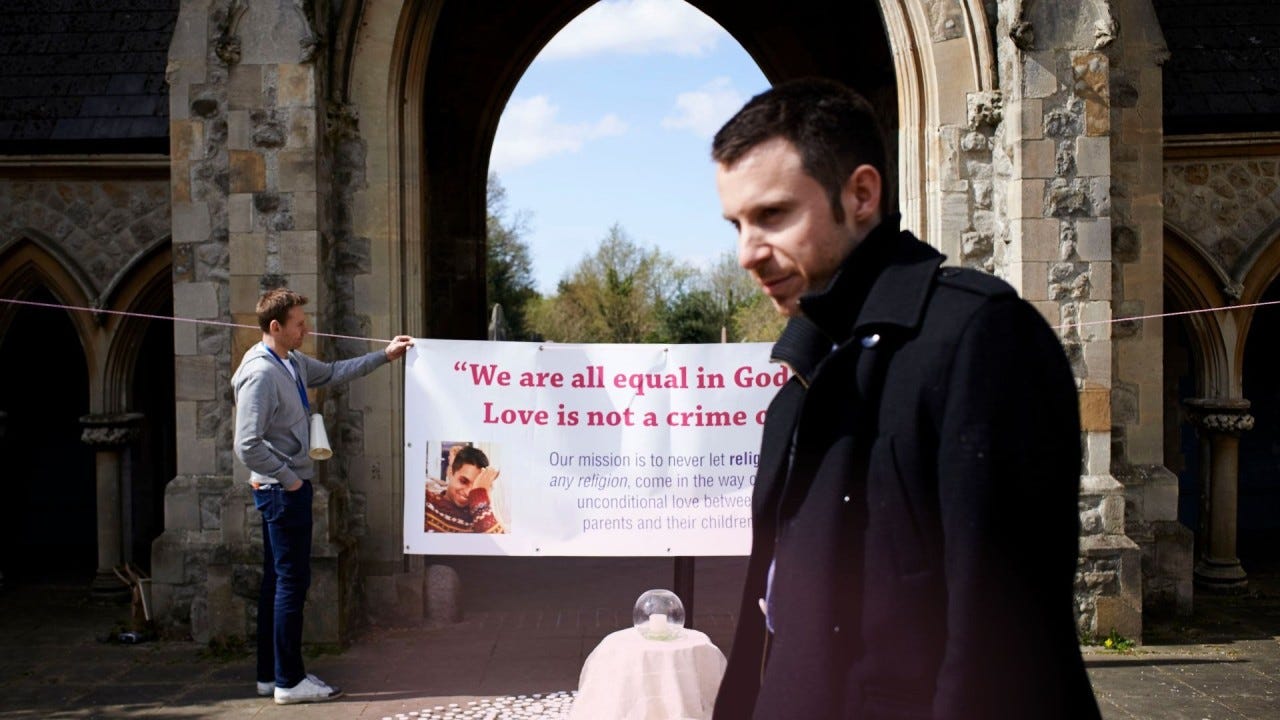Your Charity CEO’s speech isn’t your story. This is.
When the CEO becomes the centre of the story, charities risk losing trust. As a charity CEO myself, this is what I would do to fix it.

Too many charities think their CEO’s speech is the headline.
But the most important story rarely comes from the top.
It comes from the people at the heart of the work - service users, communities, frontline staff - and from the comms teams who make those stories visible.
The impossible role of comms
Charity comms teams are often asked to do the impossible.
Strategic one minute, reactive the next. Expected to be everywhere, yet rarely acknowledged as central to impact.
Here’s what usually lands on their plate (a fraction of the reality):
Shaping stories for funding bids and impact reports
Managing media relations and public statements in a crisis
Creating campaigns for social media and digital channels
Capturing and sharing service user case studies
Writing speeches and thought leadership for leadership teams
Designing newsletters, email updates, and supporter comms
Keeping the brand consistent while juggling last-minute requests
It’s a workload that spans strategy, creativity, firefighting, and therapy (for colleagues who drop in last-minute with “Can you just fix this?”).
And it’s almost always under-resourced.
Why the CEO’s story isn’t enough
The problem is that when the CEO becomes the centre of the story, charities risk losing trust.
Yes, leaders matter. Their vision and voice can inspire. But if your external comms becomes synonymous with only one person, three things happen:
Authenticity weakens. Stakeholders know when they’re only hearing from the top, not the people actually living the impact.
Diversity of voices disappears. The reality of your work is complex, but it gets flattened into a single polished soundbite.
Resilience vanishes. When the CEO leaves, retires, or is replaced, the whole narrative has to be rebuilt from scratch.
Your CEO’s speech may open the door. But it’s the other stories - of communities, volunteers, and beneficiaries - that keep people listening, and funders interested.
Why this matters for the future of charities
Charities depend on trust. Without it, donations dry up, funders look elsewhere, and public support fades.
And trust is built through storytelling. Not marketing spin. Not annual statistics. But authentic, human stories told with dignity and care.
Here’s the challenge - when comms teams are overwhelmed, storytelling is often the first thing to be sacrificed. They stop planning, stop listening, and default to reactive outputs.
That leaves charities vulnerable. Because if you’re not telling your own story, someone else will tell it for you - and it won’t be the version you want heard.
Why comms teams burn out
I’ve worked with many overstretched teams. The patterns are the same:
Too many demands, not enough control. Everyone else’s priorities dictate the agenda.
Constant reactivity. No time for planning, just firefighting.
Lack of recognition. Comms is seen as “service” rather than “strategy.”
Morale erosion. When storytelling is reduced to fixing typos or “making something go viral,” motivation collapses.
This is not sustainable. For individuals. Or for the sector.
What needs to change
If we want charities to have a future, comms must be treated as mission-critical. That means:
Leadership buy-in. CEOs need to understand their voice is one of many - not the only one.
Permission to plan. Comms teams must be given space to set priorities, not just firefight.
Investment in capacity. Storytelling takes time and skill. Underfunding comms is underfunding impact.
Tools and frameworks. Practical systems that make storytelling easier, faster, and more consistent.
Because the reality is simple - if you can’t show your impact, you can’t sustain it.
What comms teams actually need
Beyond money and time, comms teams need:
Frameworks. So they don’t start from scratch each time, but work within a proven process that makes storytelling easier and more effective.
Story capture systems. Processes for collecting service user voices, frontline insights, and photos that don’t get lost in someone’s inbox.
Training in social impact storytelling. To elevate beyond “outputs” and focus on influence, behaviour change, and trust-building.
Because comms isn’t just about promotion. It’s about survival.
A next step
I’m pulling together some basic tools to help charity comms teams stay afloat - so they can tell the stories that matter, not just the ones shouted loudest.
And soon, I’ll be launching Storytelling Kits - ready-to-use resources combining strategy, templates, and multimedia content to make social impact storytelling less overwhelming and more powerful.
Right now, I’m looking for three early adopters - comms leaders or teams who want to help others, test these kits in real time, and shape the direction they take.
If that sounds like you, DM me to get involved.
Closing thought
Your CEO’s speech isn’t your story.
The real story is the community you serve, the lives you change, and the impact your team works tirelessly to deliver.
That’s the story worth telling.

